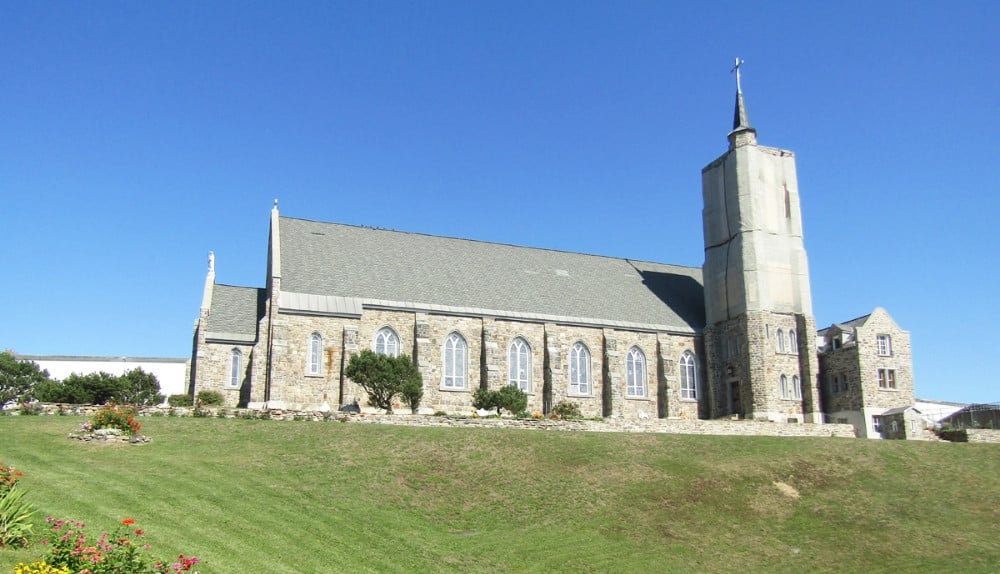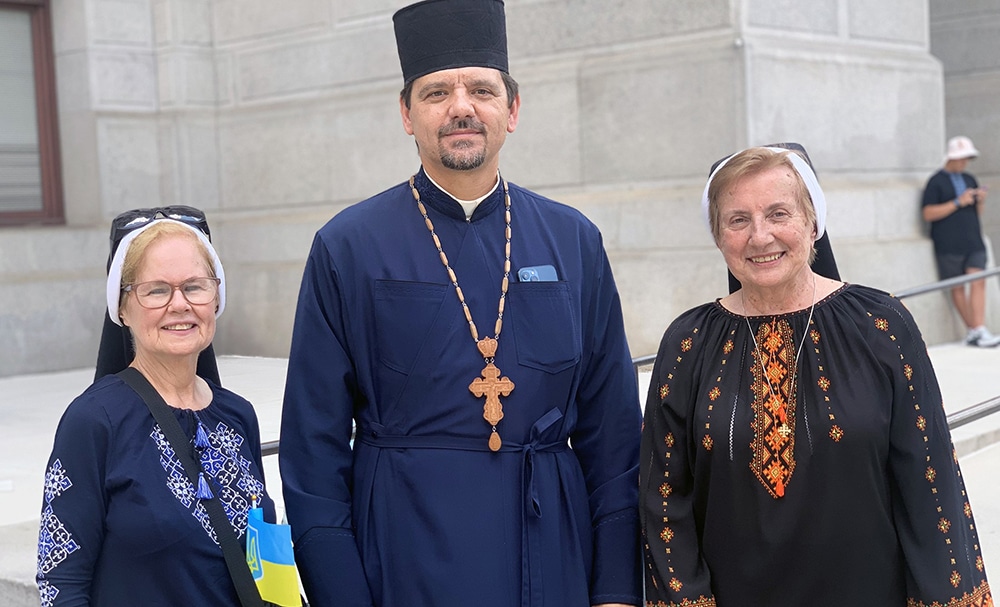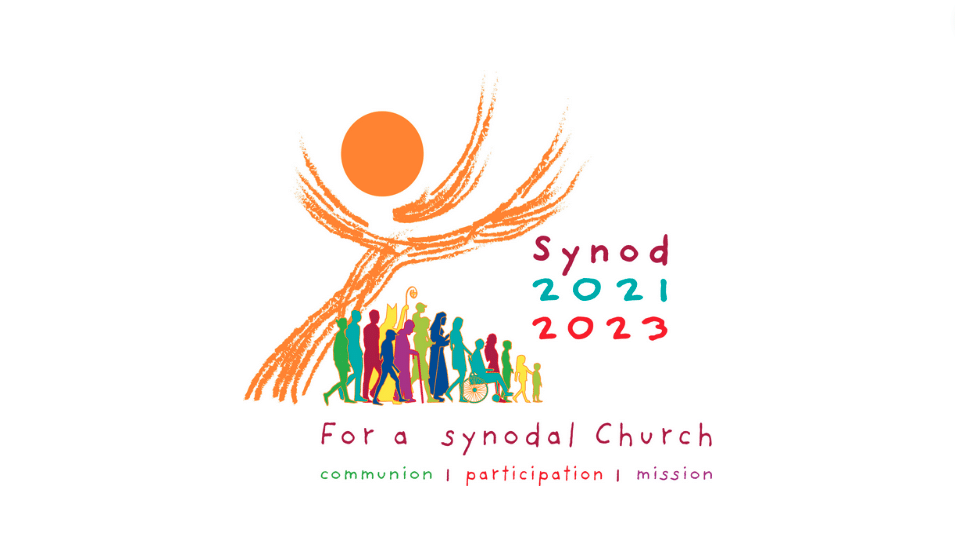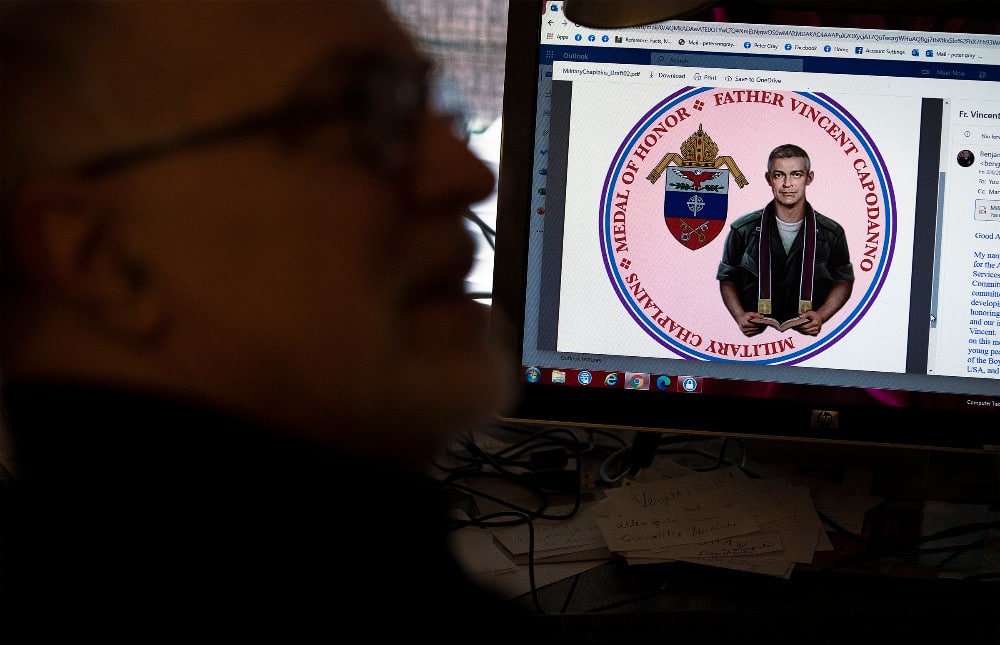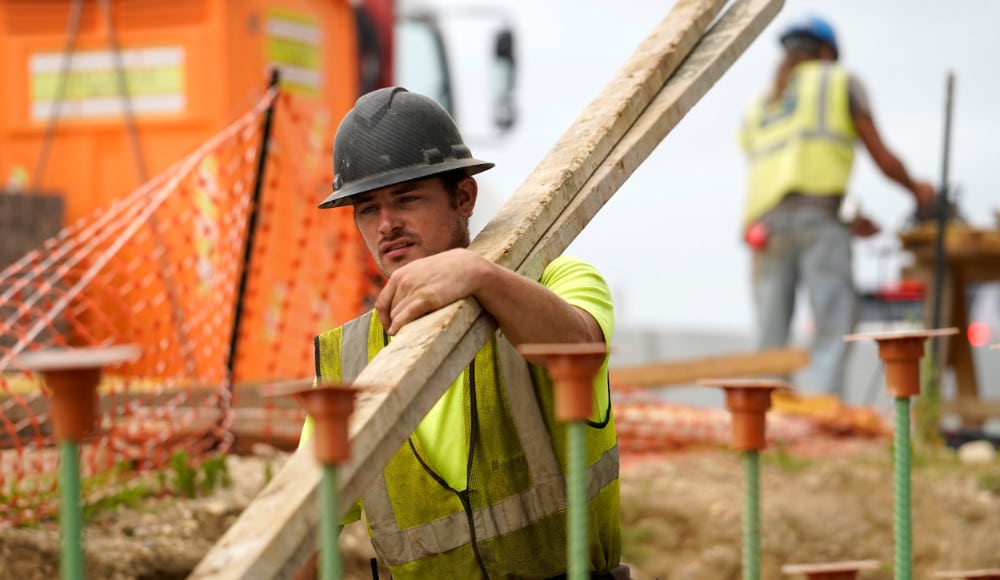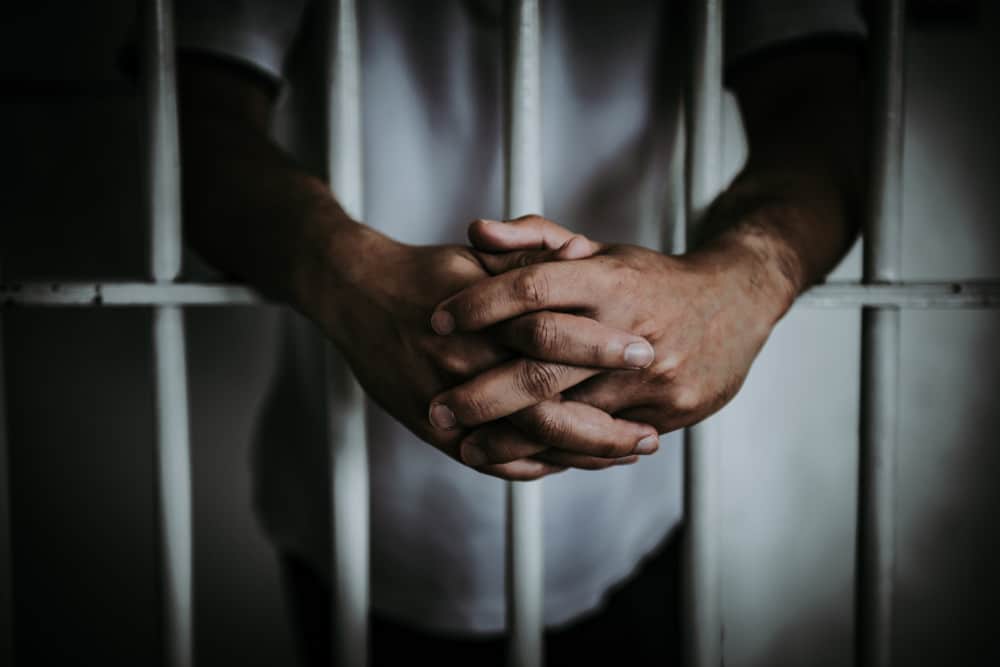Clinton Correctional Facility, located in the village of Dannemora, New York, has a dark reputation. It’s New York’s oldest and third-largest prison. In 2015, it made the news when two prisoners managed a Hollywood-worthy escape with the help of a prison guard and a prison seamstress. Despite being a maximum-security facility, the two made their way through tunnels, walls and a steam pipe underneath the prison and through a manhole to freedom.
However, those two escapees aren’t what makes Clinton noteworthy. Rather, it’s that the prison houses St. Dismas Catholic Church, which stands in stark contrast to the rest of the prison. Celebrating its 81st anniversary Aug. 28, St. Dismas is named after the “good thief,” who asked Christ during the crucifixion, “Jesus, remember me when you come into your kingdom” (Lk 23:42-43).
Reputed as the most beautiful church in the Diocese of Ogdensburg, New York, St. Dismas is the first free-standing church to exist within a U.S. prison. In 1937, by no minor miracle, Father Ambrose Hyland and Clinton prisoners built the church. Father Hyland thought the men — and God himself — deserved better than a shoddy auditorium for holy Mass.
Father Hyland’s vision
In 1937, Father Ambrose Hyland dreamed of erecting a Gothic-style church on the prison grounds. He thought a church in prison offered a way to humanize the men and provide a place to pray and an avenue of conversion. Building a church would also teach the men a trade to prepare them to reenter society. After garnering support from Gov. Herbert Lehman, Bishop Francis Monaghan and the prison’s warden, then fundraising several thousand dollars, the young priest and the inmates broke ground. Amidst financial and legal obstacles, they built an 8,000-square-foot church with a 106-foot tower and an interior adorned with artwork created by prisoners. In 1941, St. Dismas Church was dedicated.
Still impacting lives
Eighty-one years later, St. Dismas continues to impact the men incarcerated at Clinton. Thomas Mailey, New York State’s director of public information for the Department of Corrections and Community Supervision, told Our Sunday Visit that “St. Dismas has been a beacon of hope since its construction began.”
He continued: “[The church was] erected on the grounds of a prison with the purpose of ‘working out our salvation’ — as Father Hyland stated. This massive and extremely impressive structure represents hope and provides a sense of peace.”
Men of any or no religion may attend Mass at St. Dismas. The church offers a refuge for those who wish to repent. “It has provided an opportunity for some to turn their lives around. For others, shelter during the storm,” Mailey said. “Although it would be difficult to say that radical change occurs here, no one who enters its doors can ever say that they have not been touched by the beauty and strength that the church conveys.”
St. Dismas intervenes
Vincent Michaels, 37, whose name has been changed to protect his identity, is a current inmate at Clinton. He felt his life transform because of St. Dismas Catholic Church. “St. Dismas reinvigorated my faith,” he said. “No one forced me to attend Mass. I made the decision to converge with my long lost [Catholic] faith.”
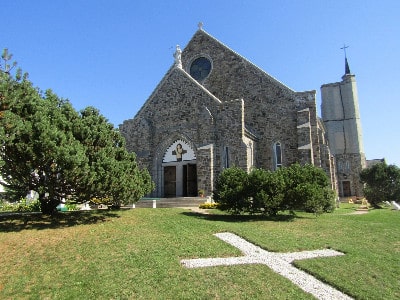
He added: “It’s easy to fall prey to vices and acquire indifference to the outcome of your incarceration. Nothing is really required of you in prison; all you need is to wait out your sentence until it concludes. St. Dismas intervened in the life path of many inmates who would have stayed on a downward slope into crime [if it wasn’t for a] spiritual awakening in the pews of St. Dismas Church.”
Inspired by Father John L. Bonn’s book on the prison church, “Gates of Dannemora” (Doubleday & Co., 1953), Michaels wrote an updated version titled the same name. He said learning about Father Hyland awakened his commitment to persevere. “When you spend enough time in the head of Father Hyland, you understand he wasn’t trying just to build a Church but to cultivate two things: love and success.”
The impact of having a church on prison grounds largely goes hidden, but Michaels has seen small, ordinary ways that attending Mass influences behavior. He’s witnessed that men who attend church do kindnesses like giving shoes or winter hats and gloves to fellow prisoners who didn’t have the proper attire to combat the blistering cold. “I believe that St. Dismas prevents future crimes,” he said. “[T]here’s no way to quantify the harm that goes undone by those who readjust their life and live in harmony with society.”
Seed-thrower and letter-writer
Father Bill Edwards, the chaplain at St. Dismas Church from 2002 until 2011, told Our Sunday Visitor that while some might see the church within the prison as a showplace or a museum, he has always looked at it as a place of worship where men are “strengthened for their journey by our God who loves them each no matter what they have done.”
While serving at St. Dismas, Father Edwards considered himself a “seed-thrower” in a dark place. After finishing his role as chaplain in prison ministry, Father Edwards maintained a prison correspondence with about 60 inmates, many of whom have been released back into society. One pen pal spent 10 years incarcerated at Clinton. Father Edwards saw in him a broken man reaching out to God for strength and forgiveness and learned in one of his letters that the inmate secretly cried every night into his pillow for the first eight years of his incarceration. “He told me that going to Mass at St. Dismas saved his life,” Father Edwards recalled.
The prisoner came to work at St. Dismas Church, which allowed him almost daily access to pray before the Blessed Sacrament, which he credits for getting him through those difficult years. After his release, the man became heavily involved in his church community and the pro-life movement.
Father Edwards shared two other stories about former inmates with whom he corresponds regularly. One man, who acted as an altar server at St. Dismas so that he could spend more time in the church during his incarceration, is now married and active in his Catholic community. Another former prisoner, who was later acquitted in a retrial, requested to serve his time at Clinton. Known as “Little Siberia” because of the bitterly cold weather in Dannemora, the man chose Clinton because of St. Dismas Church. For both men, Father Edwards has the reward of knowing that he and Father Hyland’s church offered them strength and solace during their difficult times.
A new chaplain
Since Father Edwards was reassigned in October 2011, St. Dismas Church had gone without a permanent Catholic priest. In February 2022, Father Howard Venette was instated as the permanent Catholic chaplain at Clinton Prison. He told Our Sunday Visitor that he “hopes to try to strengthen the chaplaincy through teaching about Catholicism, visiting the incarcerated and holding programs for them.”
Lori Hadacek Chaplin writes from Idaho.

